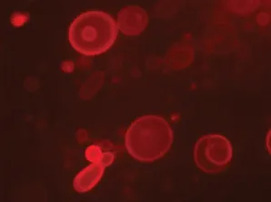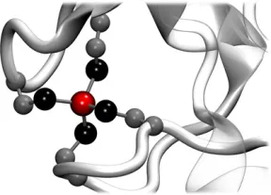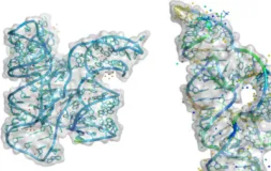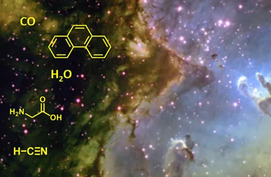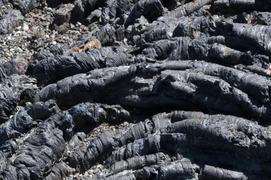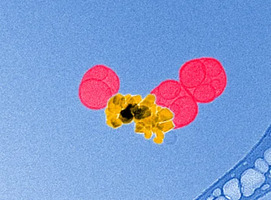On the Emergence of a Proto-Metabolism and the Assembly of Early Protocells
Life as we know it is completely dependent on metal ions. Gradients of metal ions drive metabolism, metal centers often form the active sites of enzymes, and metal-ion coordination is largely responsible for protein and RNA folding. This dependence on metal ions likely reflects the environment from which cellular life emerged. However, long chain biological polymers were not present on prebiotic Earth. Therefore, the chemical reactions leading to Earth’s first cells must have made use of alternative catalysts that were later superseded by RNA and protein. Here, we discuss the similarities between free metal ions, minerals, and biological enzyme catalysts, and how cellular life could have exploited prebiotic metallocomplexes.
On the Emergence of a Proto-Metabolism and the Assembly of Early Protocells Read More »


